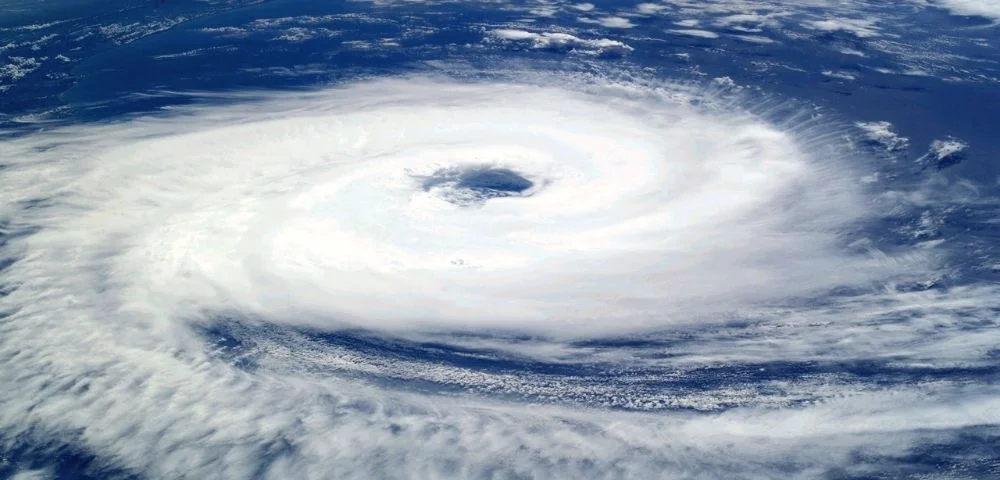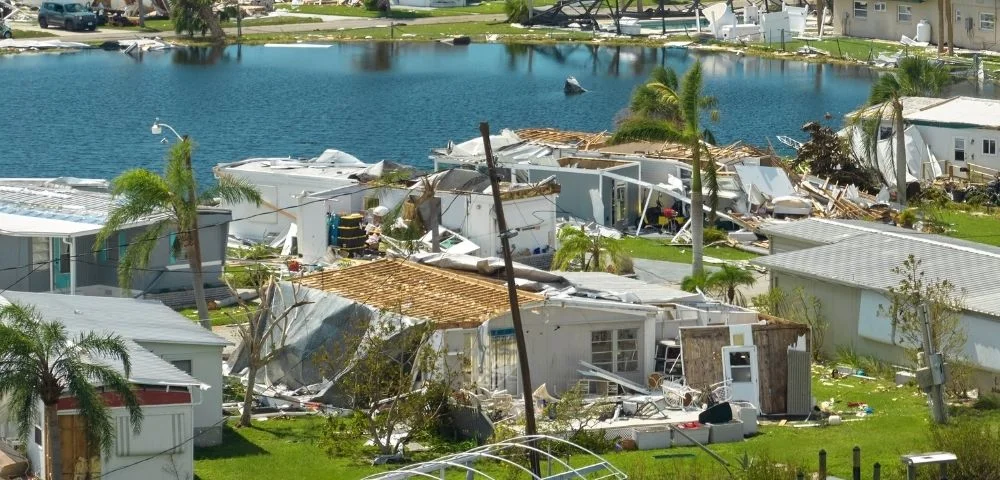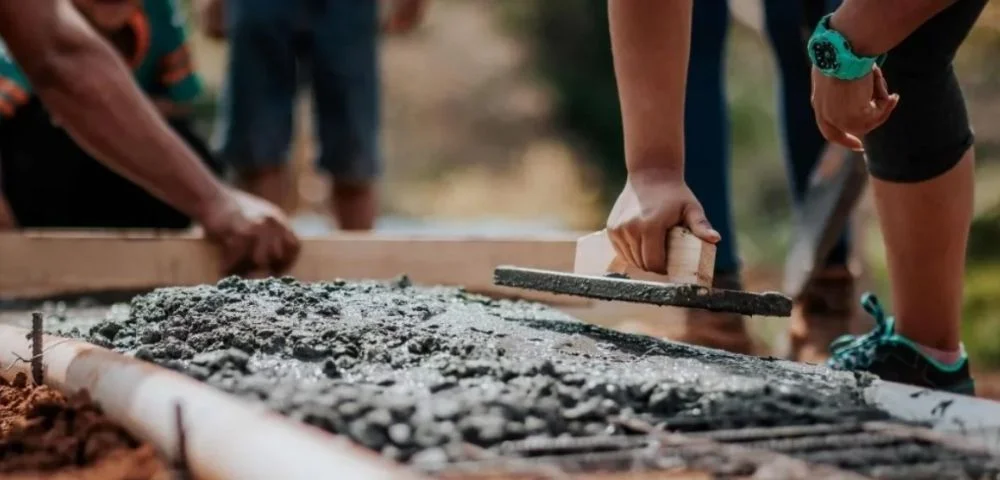What is a Hurricane?
A hurricane is a powerful tropical cyclone characterized by sustained winds that rotate around a low-pressure center. These intense storm systems typically form over warm ocean waters and are associated with heavy rainfall, strong winds, and storm surges. Hurricanes are known by different names in various parts of the world—hurricanes in the Atlantic and eastern Pacific, typhoons in the western Pacific, and cyclones in the Indian Ocean.

Economic Setbacks Due to Hurricanes
Hurricanes bring immediate economic setbacks, causing destruction to infrastructure, homes, and businesses. Explore the initial challenges faced by communities and industries in the aftermath of a devastating hurricane, highlighting economic downturn.
Hurricanes affect different categories such as housing, energy, business, agriculture etc. Since 1980, out of the 363 weather disasters surpassing a billion dollars in damages to assets. Tropical cyclones, commonly known as hurricanes, stand out as the most destructive. Their cumulative impact exceeds $1.3 trillion, averaging a staggering $22.8 billion per event. In addition to their financial toll, these hurricanes have claimed the highest human cost, resulting in 6,890 fatalities since 1980.
Hurricanes Harvey and Irma may have wiped as many as 125,000 jobs from the September employment report. Resulting in job growth below 100,000. Hurricane Katrina, one of the most devastating hurricanes in U.S. history, made landfall in August 2005.
Beyond the immediate humanitarian crisis and infrastructure damage, the hurricane had a profound impact on the oil and gas industry. Disrupting oil production, refining, and distribution. Hurricane Katrina led to the shutdown of oil production platforms and refineries in the Gulf of Mexico. This caused a significant reduction in oil output, impacting the global supply chain and leading to increased oil prices.

Rebuilding and Reconstruction After Devastation
As the storm clouds dissipate, in the form of the reconstruction phase that ensues after a hurricane. In this critical period, communities embark on the arduous journey of rebuilding. What was lost, setting in motion a cascade of economic activities that often results in a pronounced surge. The influx of funds allocated for rebuilding efforts becomes a pivotal driver, injecting vitality into local economies.
Government initiatives, insurance payouts, and private investments converge to form a financial lifeline that not only addresses immediate needs. Also sparks an unexpected economic resurgence. This section delves into the intricate mechanisms through which post-hurricane reconstruction becomes a catalyst for economic growth, unraveling the complexities that underlie the transformative power of recovery efforts.
Job Creation and Economic Stimulus
In the wake of devastation amidst the ruins, opportunities for economic rejuvenation materialize. The surge in demand for skilled and unskilled labor becomes a beacon of hope for communities grappling with the aftermath. As the reconstruction efforts intensify, employment opportunities multiply, injecting a new wave of income into local economies.
From construction workers to engineers, the rebuilding process becomes a catalyst for job growth, fostering resilience and igniting economic engines that had momentarily stalled. We explore the intricate dynamics that link employment, income generation, and the broader economic landscape, highlighting the transformative potential that arises from the ashes of adversity

Infrastructure Upgrades and Innovation
The reconstruction phase becomes an opportune moment for innovation, as communities strive to build back stronger and more resilient. The integration of sustainable and forward-thinking solutions into the rebuilding process not only addresses immediate needs but also fosters long-term economic benefits.
From resilient building materials to eco-friendly urban planning, the aftermath of hurricanes becomes a canvas for innovative approaches to infrastructure development. By delving into the connection between the rebuilding of physical structures and the infusion of innovation. Unravel the intricate between devastation and the birth of a more robust and sustainable future.
Economic Diversification
Faced with the imperative to reduce dependence on vulnerable sectors, communities explore initiatives that encourage the development of new industries and business landscapes. Economic diversification becomes a key driver for long-term resilience, shielding communities from the potential impact of future disasters.
By embracing a more varied economic portfolio, regions affected by hurricanes not only mitigate risks but also lay the foundation for sustainable growth. We explore the success stories of communities that navigated this pivotal juncture with strategic economic planning, highlighting the transformative power of diversification in the face of adversity.
Be Weatherproof with Buluttan
In every industry, both everyday weather conditions and extreme weather events exert a substantial influence on financial outcomes. Leverage the capabilities of Buluttan to unlock the potential of knowing upcoming weather risks with SkyWatch. Discover secure locations for assets and proactively address potential weather-related damages. Our actuaries climate risk index modeling allows us to generate hyper local climatic insights on actuaries risk indexes to enable strategic, climate-wise decision making in the long run.







